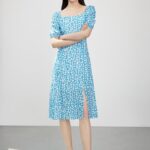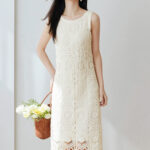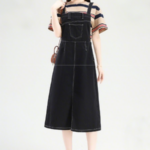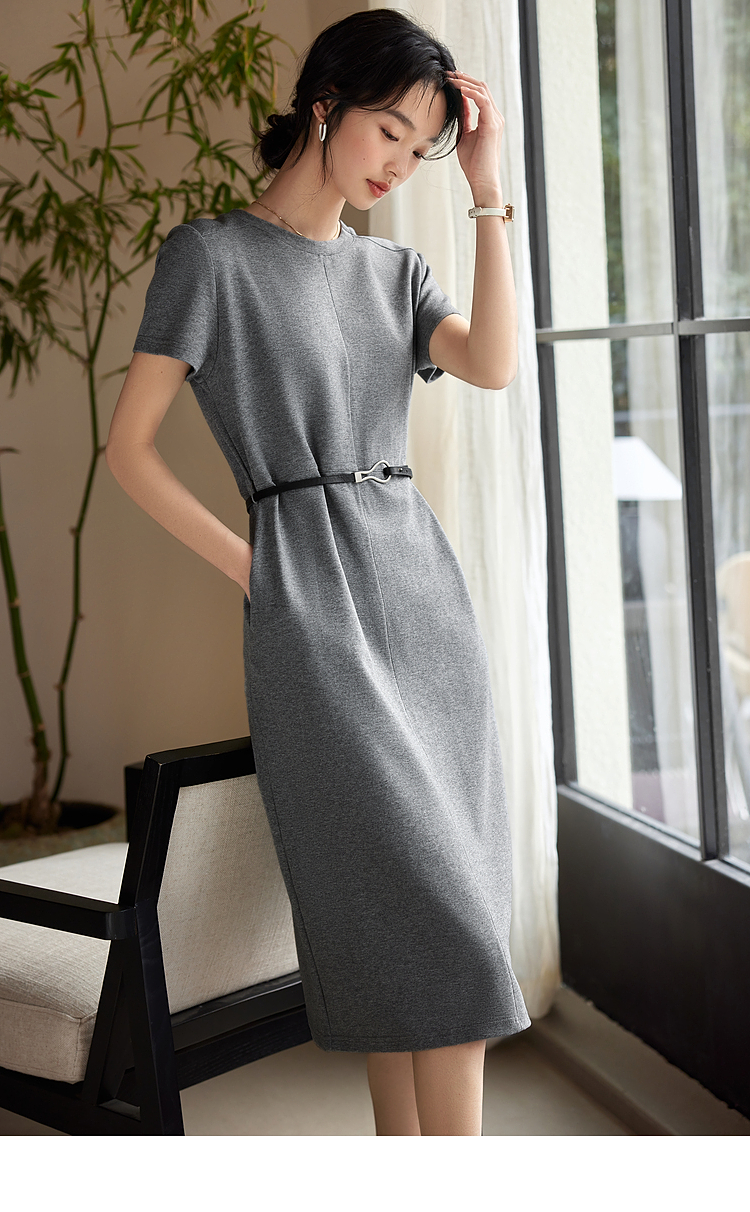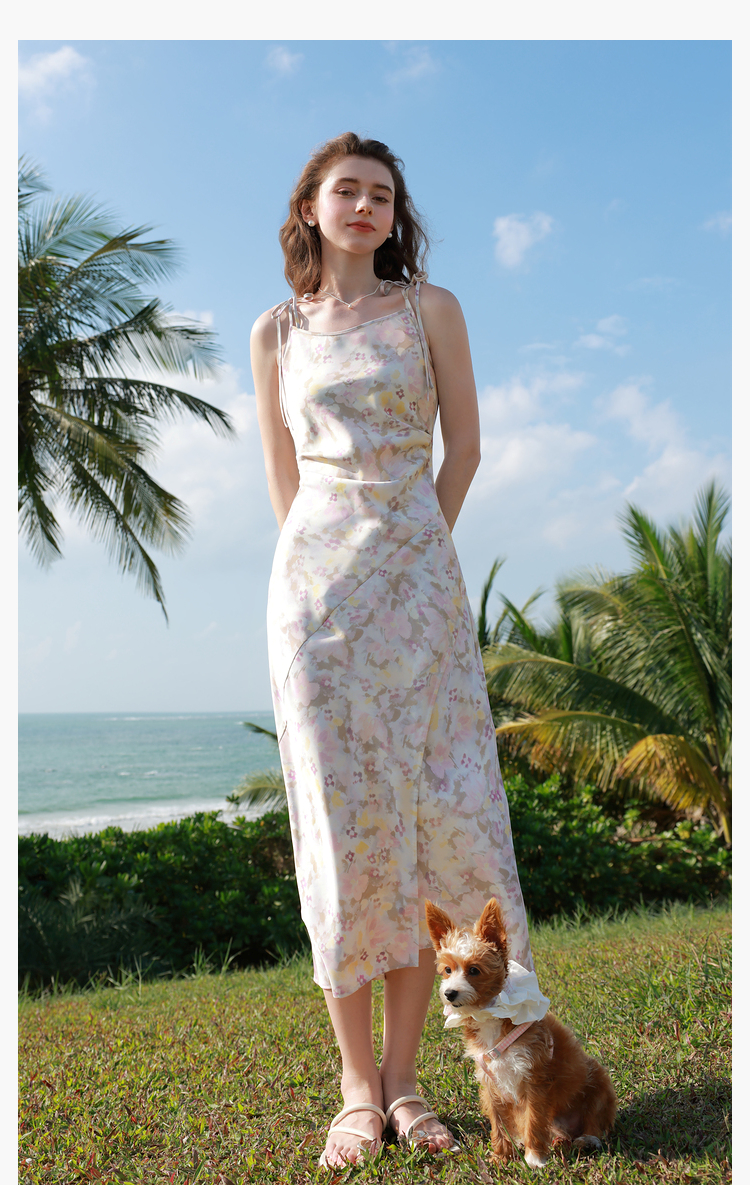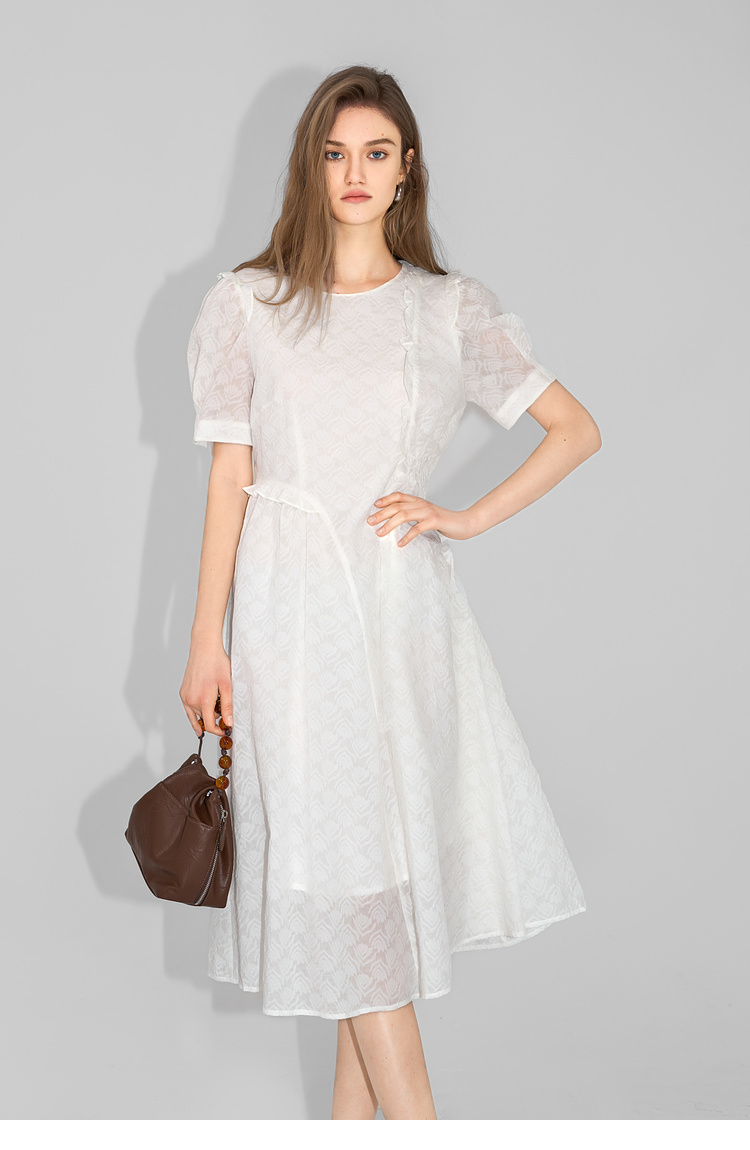Dress Types for Every Occasion: An In-Depth Guide
The art of dressing is not just about covering the body but about expressing one’s self through dress types. It’s a language that transcends words, speaking volumes about our personality, culture, and the occasion we’re dressing for. Whether it’s a casual gathering, a formal event, or a professional setting, the right attire can make a statement and enhance our presence.
Understanding the Basics of Dress Types
Let’s delve into the realm of dress types. Each type has a unique history and serves a specific purpose. For instance, the little black dress, a wardrobe staple, originated in the 1920s and has been a symbol of simplicity and elegance ever since. Its versatility knows no bounds, as it can be dressed up or down for various events. As Coco Chanel once said, “A girl should be two things: classy and fabulous,” and the little black dress embodies this philosophy.
![]()
Choosing the Right Dress Types for Different Occasions
Navigating the world of dress types can be daunting, but understanding the occasion is key. For a business meeting, a tailored suit or a sharp blazer with trousers conveys professionalism and authority. On the other hand, a cocktail dress or an elegant gown is perfect for a night out or a formal event. The key is to find a balance between comfort and the dress code, as comfort allows for confidence, which is the best accessory one can wear.
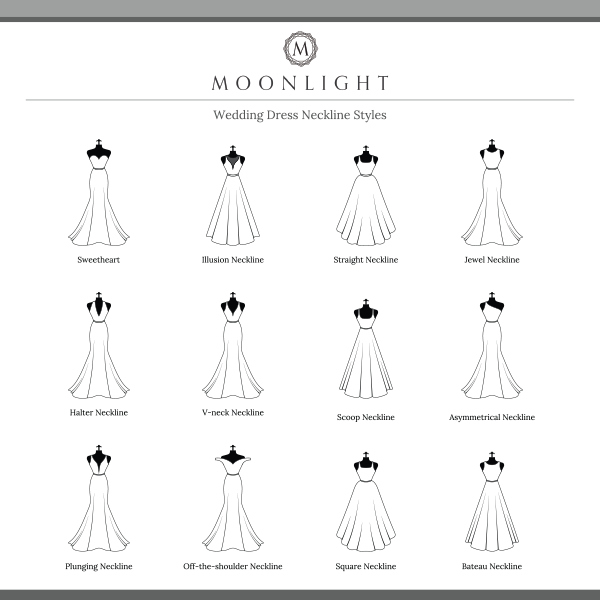
Dress Types and Personal Style
Personal style is an extension of one’s identity. It’s about experimenting with different dress types to find what resonates with you. Whether you prefer the flowy bohemian dresses or the structured silhouettes of a pencil skirt, your choice of attire should reflect your individuality. As fashion designer Vivienne Westwood noted, “You can never take fashion too seriously. If you do, people will think you are completely mental.” Embracing your personal style is about having fun and expressing yourself without taking it too seriously.
Dress Types and Body Positivity
The dialogue around dress types must include body positivity and inclusivity. Every body type is unique, and there are countless styles that can flatter and celebrate these differences. A-line dresses, for example, are known for their ability to accentuate curves while providing a comfortable fit. It’s about choosing dress types that make you feel good, as confidence is the most attractive feature one can possess. As actress Ashley Graham has said, “Every magazine cover has a purpose. This one is to make every woman feel sexy and confident.”

Dress Types and Cultural Significance
Dress types are not just about fashion; they carry cultural significance. Traditional garments like the sari in India or the kimono in Japan are more than just clothing—they are a connection to heritage and history. Understanding the cultural context of dress types can enrich our appreciation for global fashion and promote cultural exchange. As UNESCO states, “Cultural diversity is as necessary for humankind as biodiversity is for nature.”
Dress Types and Sustainable Fashion
The conversation around dress types wouldn’t be complete without addressing sustainability. With the rise of fast fashion, the environment is paying a heavy price. Choosing dress types that are ethically made and long-lasting is a step towards a more sustainable future. It’s about quality over quantity, investing in pieces that can be worn for years to come. As fashion activist Livia Firth says, “I think the future of fashion is about clothes that last.”
Dress Types and Professional Knowledge
In the world of fashion, professional knowledge is invaluable. It’s about understanding the fabrics, the cuts, and the details that make certain dress types timeless. This knowledge empowers consumers to make informed decisions, whether they’re looking for a classic suit or a trendy jumpsuit. By bringing this expertise to our users, we aim to enhance their fashion journey and provide them with the best possible options at discounted prices.

